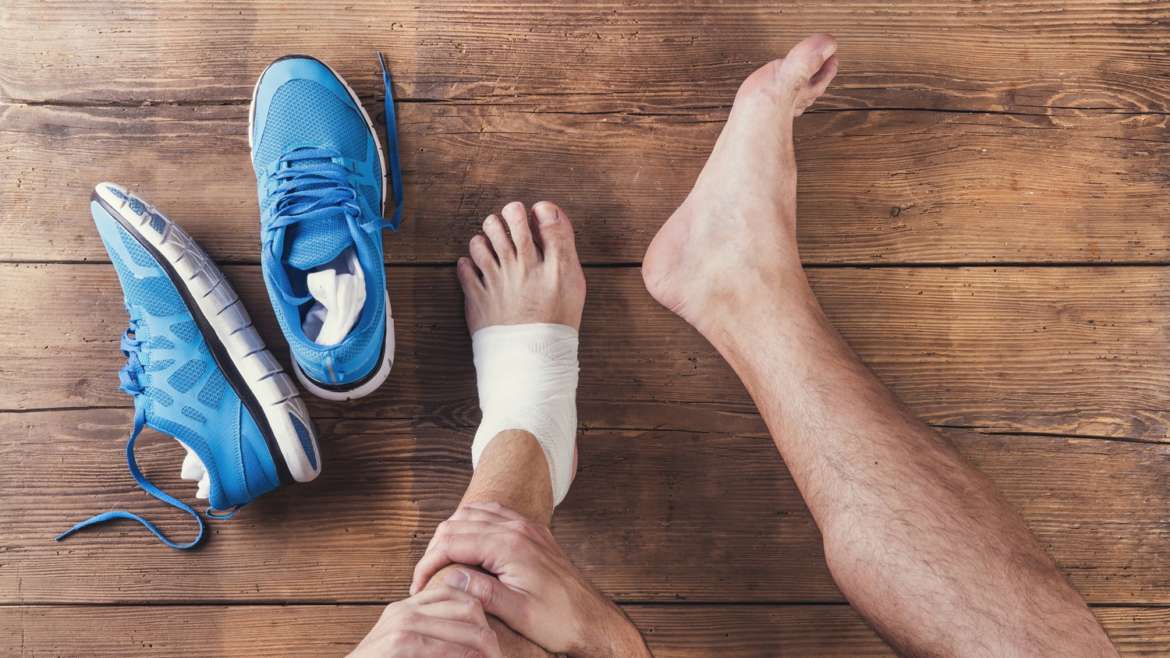You know that marathon training can be tough, but did you know that 60% of all runners report that they suffer chronic problems – those which occur over and over? If you’re marathon training then there’s no let up as you have to stay on course in order to be fit and fresh for the start line.

Marathon training: When are you most at risk of injury?
When you begin to train
When you first start to train, the temptation can be to dive right in and up your mileage coverage quickly. This sudden increase in activity can hit your body hard, requiring sufficient recovery periods in-between to heal. Those who fail to take rest days, especially during this first period, are upping their risk of injury considerably.
During weeks where you cover high mileage
Research has found that the most amount of injuries occur for those running between 25-37 miles per week. Notably however, runners who cover more than this seem not to be linked to a higher risk level.
The ‘Long Run’
Over the course of your training you’ll introduce ‘long runs’ – essential for building your stamina and becoming accustomed to the length of time you’ll need to perform for. However running for three hours or longer significantly increases the chance of injury.
As your performance begins to fail, your body becomes weaker and more prone to injury. This is especially experienced by those relatively new to running, as the lung capacity gained through an intense training schedule outstrips the development of the musculoskeletal system.
To reduce the risk of injury you should:
• Increase your training intensity and duration of your sessions gradually – your mileage should never be increased by more than ten percent each week.
• Be aware of your body – don’t ignore aches and pains that seem severe or that last for more than a few days.
• Should you get injuries you should consult a medical professional as to when you can begin training again.
• Be aware of your limits – whilst marathon training requires that you push yourself, experiencing pain during training should be given due care and attention.
• Shorten your stride – taking shorter paces has been scientifically proven to reduce the risk of injury by 10%, since you land more softly on your feet.
Made it to race day free from injury? You’re not out of the water yet!
Should you make it to marathon day free from injury then you can rightly consider yourself as one of the lucky few. However, you should be aware of the risks of injury come the actual day.
The latest stats report that 4,923 runners needed medical attention or assistance during the 2012 London Marathon, with this figure actually represented a fall on the year previous (during which 6000 people sought help – most likely due to the hot weather and consequent dehydration). These are both pretty big figures when you consider that the London Marathon has around 40,000 entrants.
Whilst dehydration is the most common issue, further injuries include:
• Musculoskeletal problems – such as cramps or painful joints, bones or muscles;
• Topical issues – such as blisters, abrasions, runner’s nipple, chafing or subungual haematomas (i.e. blood clots that form under the toenails).
In order to help you be injury free make an appointment with one of our osteopaths. They’ll discuss your training, analyse your body and give you appropriate treatment to try to help you stay injury free call us on 020 8316 5316 to make an appointment.



Add Comment